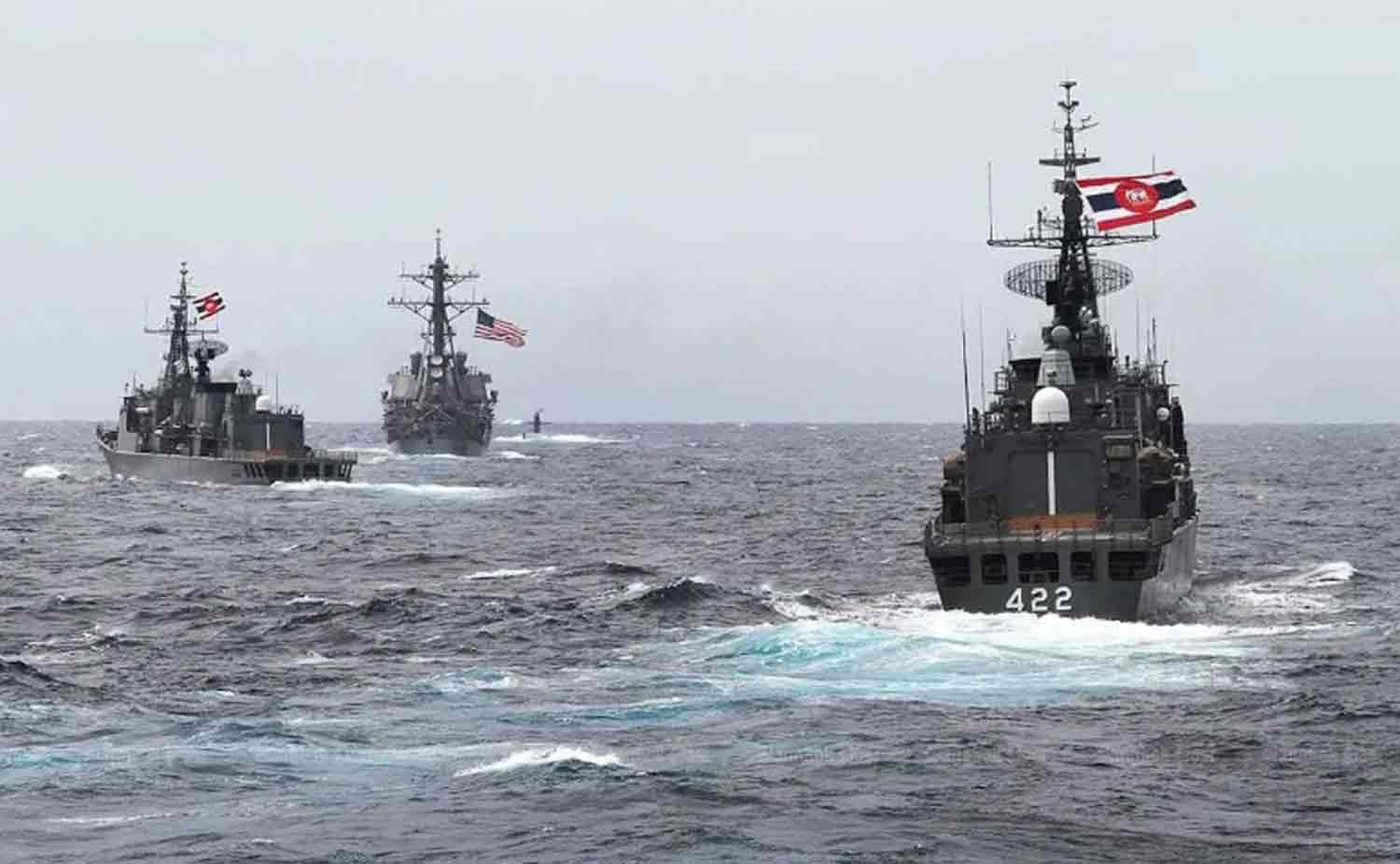Is the world on the verge of a nuclear catastrophe, or is Putin simply engaging in intimidation tactics when he mentions the possibility of using nuclear weapons?
Interpreting Putin’s statement from September 25 is complex. Since the onset of the war in Ukraine, the Russian president has consistently issued threats regarding the potential use of nuclear arms in the conflict. This pattern has prompted the Bulletin of the Atomic Scientists, a publication focused on nuclear security and the monitoring of the Doomsday Clock, to release yet another updated timeline detailing the numerous instances of Russia’s heightened nuclear rhetoric. The initial threat can be traced back to February 24, 2022, coinciding with the day Russia commenced its full-scale invasion of Ukraine.
New points
This time, the global response appeared more pronounced. In the UK, the BBC reported with the headline “Putin proposes new rules for using nuclear weapons,” while the US public broadcaster PBS noted that “Putin lowers nuclear response threshold.”
These reactions were prompted by Russia’s revision of its nuclear doctrine, which introduced three new points alongside Putin’s address, as explained by Ulrich Kuhn, head of the arms control and emerging technologies program at the Institute for Peace Research and Security Policy at the University of Hamburg.
During his statement to Russia’s Security Council, Putin asserted that Moscow now claims the right to deploy nuclear weapons if an ally, specifically Belarus, is attacked.
For the first time, Putin detailed the types of assaults that could provoke a Russian nuclear response, indicating that the criteria would expand to include any attack deemed an “existential threat” to Russia. This implies that significant drone strikes could be classified alongside long-range ballistic missile attacks as potential triggers.
Moreover, Putin declared that any nuclear state, such as the UK, France, or the United States, perceived as aiding a non-nuclear state like Ukraine in conventional assaults within Russia would be held equally accountable as the aggressor, potentially leading to a nuclear response.
This suggests that the supporting nation could itself become a target, according to Sarah Tzinieris, an expert in international security and nuclear non-proliferation at King’s College in London.
“And not only would it be targeted, but it would also be potentially targeted with nuclear weapons,” she noted.
This change in stance could rapidly escalate the conflict in Ukraine into a broader global confrontation.
declaration and doctrine
There are significant distinctions between Putin’s statements and the actual nuclear doctrine, which clearly outlines the conditions under which Russia may deploy nuclear weapons.
Firstly, it is important to recognize that rhetoric does not always translate into action.
“This doesn’t fundamentally alter the strategic landscape,” Tzinieris remarked. “This is largely a matter of rhetoric.”
David Blagden, a senior lecturer in international security at the University of Exeter in the UK, concurred, emphasizing that despite the aggressive tone, Putin is likely no closer to initiating a nuclear response than he was previously.
“To some degree, all declaratory doctrine is merely superficial … and in this case, Russia’s announcement does not enhance its capabilities nor diminish NATO’s deterrent strength,” he stated.
“It remains equally valid that if Moscow were to escalate to nuclear use in response to a NATO-supported conventional attack, NATO could reciprocate.”
Following Putin’s announcement, Kremlin spokesperson Dmitry Peskov indicated that Russia was in the process of revising official documents to reflect Putin’s statements. The Kremlin also mentioned that it might choose not to disclose the updated nuclear doctrine.
Kuhn pointed out that this complicates the evaluation of the actual threat posed by Putin’s declaration.
“The fundamental questions are: Does Russia have defined red lines? What are those red lines? And if they are crossed, would that automatically lead to nuclear action? The answer to all three is: We do not know.”
Kuhn elaborated that the nuclear doctrine, established in 2014 and revised in 2020, consists of two components: a public “declarative” section and a confidential segment, approximately 100 pages long, detailing the specific circumstances under which Russia may deploy its nuclear arsenal.
He indicated that the initial section of the document, specifically the public declarative part, should not be relied upon to assess whether Russia is utilizing nuclear weapons, as it is unlikely to provide significant insights on the matter.
A victory for Russian hardliners
Russia’s potential consideration of nuclear weapon use has achieved one notable outcome: it has bolstered the position of hardliners within the Russian Duma. Since the summer of 2023, these individuals have been pressuring the government to more frequently and seriously emphasize the nuclear threat, arguing that President Putin’s previous warnings have not been effective.
However, if this declaration reveals little about Putin’s actual intentions, what purpose does it serve?
According to Kuhn, it is intended to facilitate negotiations for Russia.
“It represents an indirect public negotiation process with Kyiv and the West, aimed at ensuring that the West does not grant Ukraine the authority to utilize long-range weapons against Russian targets.”
The timing of Putin’s declaration coinciding with Ukrainian President Volodymyr Zelensky’s scheduled meeting with US President Joe Biden in Washington was deliberate. This is particularly significant as a key item on Zelensky’s agenda was to persuade Biden to allow Ukraine to use its long-range missiles for strikes against Russia.
Discover more from Defence Talks | Defense News Hub, Military Updates, Security Insights
Subscribe to get the latest posts sent to your email.





